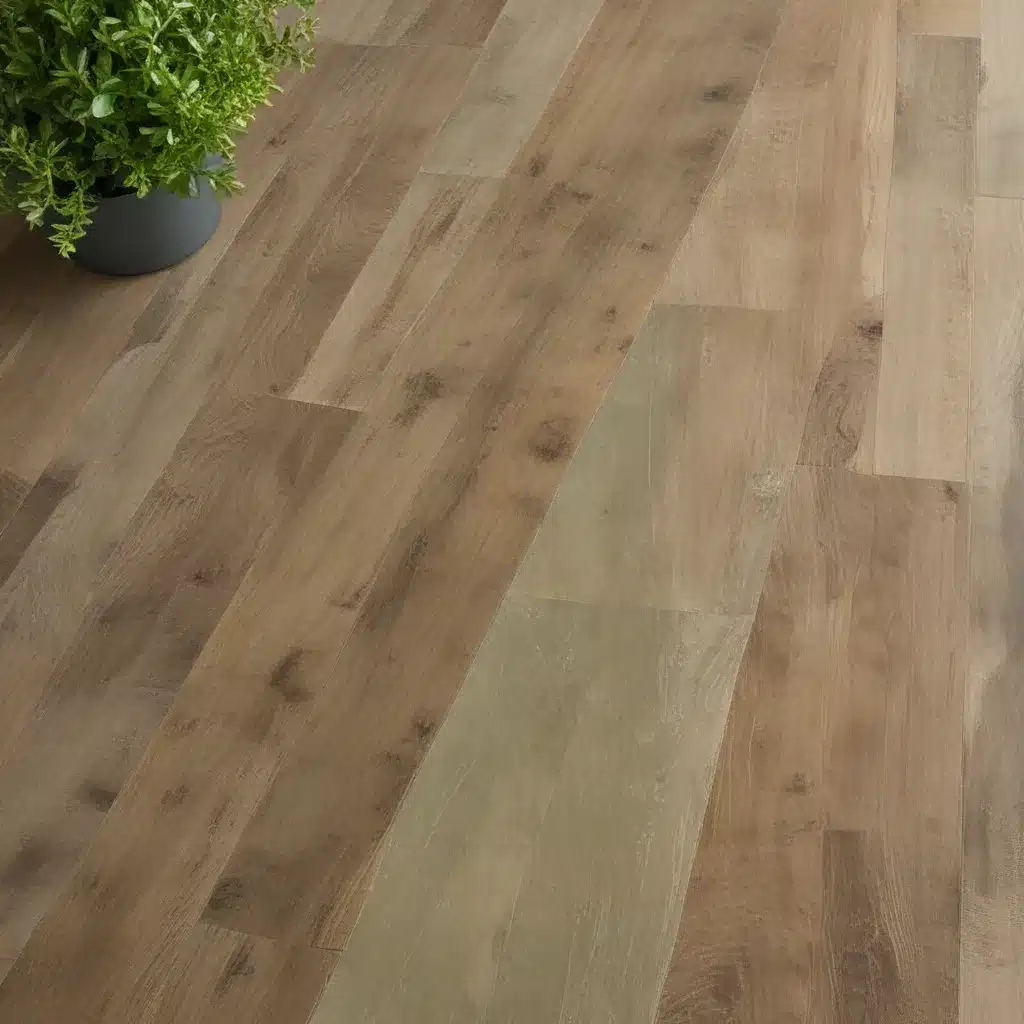
Sustainable Flooring: Elevating Your Home’s Green Appeal
When it comes to home renovations, the floor often takes center stage. As environmental consciousness rises, savvy homeowners are increasingly seeking sustainable flooring options that combine aesthetics and eco-friendliness. From renewable materials like bamboo and cork to repurposed reclaimed wood, the flooring industry is undergoing a green revolution, offering a wealth of stylish and sustainable solutions.
Sustainable Flooring Materials
Bamboo Flooring: Bamboo is a rapidly renewable grass that grows quickly and does not require replanting. It’s an increasingly popular flooring choice, offering a unique grain pattern and a warm, natural aesthetic. Bamboo floors are also highly durable, scratch-resistant, and dimensionally stable, making them a practical and eco-conscious option.
Cork Flooring: Harvested from the bark of cork oak trees, cork flooring is a renewable, biodegradable, and recyclable material. It provides excellent thermal and acoustic insulation, making it a comfortable and energy-efficient choice. Cork floors are also naturally water-resistant and hypoallergenic, making them an ideal pick for families and allergy-prone homeowners.
Reclaimed Wood Flooring: Repurposing old wood, such as from barns, factories, or demolished buildings, is a sustainable approach that preserves the character and beauty of natural materials. Reclaimed wood flooring not only reduces waste but also adds unique rustic charm to any space, making it a popular choice for those seeking a one-of-a-kind, eco-friendly aesthetic.
Green Certification and Standards
When selecting sustainable flooring, it’s essential to look for third-party certifications that verify a product’s environmental credentials. These certifications can help ensure your flooring choice aligns with your sustainability goals.
LEED Certification: The LEED (Leadership in Energy and Environmental Design) rating system, developed by the U.S. Green Building Council, evaluates the environmental performance and sustainability of buildings. LEED-certified flooring materials can contribute to earning points towards LEED certification for your home.
FSC Certification: The Forest Stewardship Council (FSC) certification ensures that wood products, including flooring, come from responsibly managed forests. This helps protect biodiversity, support local communities, and promote sustainable forestry practices.
Environmental Product Declarations (EPDs): EPDs provide detailed, third-party-verified information about the environmental impact of a product throughout its life cycle. Reviewing EPDs can help you make informed decisions about the sustainability of your flooring choices.
Environmental Impact of Flooring
When selecting sustainable flooring, it’s important to consider the environmental impact of the materials and manufacturing processes.
Embodied Carbon Footprint: The carbon footprint associated with the extraction, processing, and transportation of raw materials, as well as the manufacturing and installation of the flooring, is known as the embodied carbon footprint. Opting for materials with lower embodied carbon, such as bamboo or reclaimed wood, can significantly reduce your home’s environmental impact.
Resource Depletion and Renewability: Sustainable flooring materials, like bamboo and cork, are renewable and can be harvested without depleting the resource. This is in contrast to non-renewable materials, like traditional hardwood, which can contribute to deforestation and resource scarcity.
Indoor Air Quality Considerations: Some conventional flooring materials, such as those containing volatile organic compounds (VOCs) or formaldehyde, can negatively impact indoor air quality. Sustainable flooring options that are low in VOCs or formaldehyde-free can create a healthier living environment, particularly for families with young children or individuals with respiratory sensitivities.
Flooring Maintenance and Durability
Sustainable flooring choices not only benefit the environment but also offer practical advantages in terms of longevity and maintenance.
Longevity and Lifespan: Many sustainable flooring materials, such as bamboo and reclaimed wood, are exceptionally durable and can withstand years of use. This long-lasting performance helps reduce the need for frequent replacements, contributing to a more sustainable lifestyle.
Cleaning and Care: Sustainable flooring options often require minimal maintenance, making it easier to keep your home clean and well-maintained. For example, cork flooring is naturally resistant to stains and can be easily cleaned with a damp mop, while bamboo floors can be swept or vacuumed regularly.
Damage Resistance: Sustainable flooring materials can be highly resistant to scratches, dents, and other signs of wear and tear. This durability helps extend the lifespan of your floors, reducing the environmental impact associated with replacements.
Design Trends and Aesthetics
Sustainable flooring options are no longer limited to utilitarian or rustic designs. The market now offers a wide range of stylish and on-trend sustainable flooring choices that can seamlessly integrate with various interior design styles.
Stylish Sustainable Options:
– Contemporary Looks: Sleek, minimalist bamboo floors with a light, natural finish can create a modern and sophisticated aesthetic.
– Traditional Charm: Reclaimed wood floors with their unique character and patina can lend warmth and character to classic or farmhouse-inspired interiors.
Integrating Sustainability with Design:
– Complementary Finishes: Sustainable flooring materials can be stained, sanded, or finished to coordinate with your existing décor, ensuring a cohesive and visually appealing result.
– Customizable Patterns: Many sustainable flooring options, such as cork and luxury vinyl plank (LVP), offer a wide range of patterns and colors, allowing you to personalize your space and express your unique style.
By embracing sustainable flooring, you can elevate the beauty and functionality of your home while minimizing your environmental footprint. Whether you’re drawn to the natural charm of bamboo, the cozy comfort of cork, or the timeless appeal of reclaimed wood, there’s a sustainable flooring solution that can transform your living space into an eco-friendly haven. As you embark on your home renovation journey, consider visiting Reluctant Renovator for more inspiring ideas and practical guidance to make your sustainable vision a reality.



